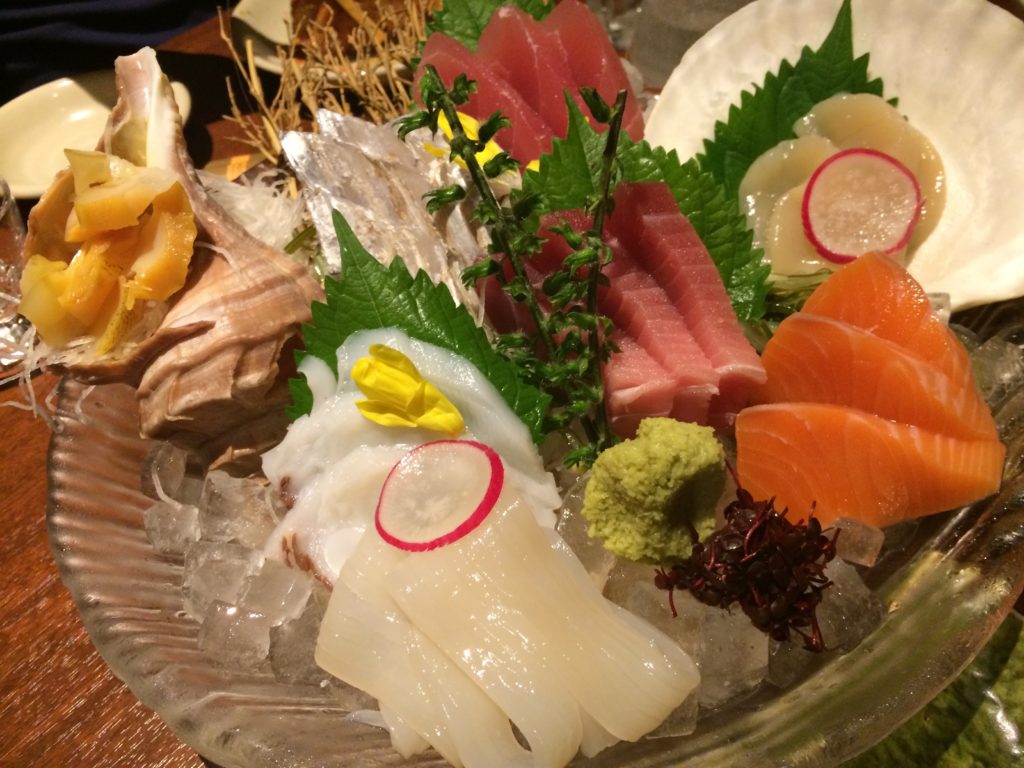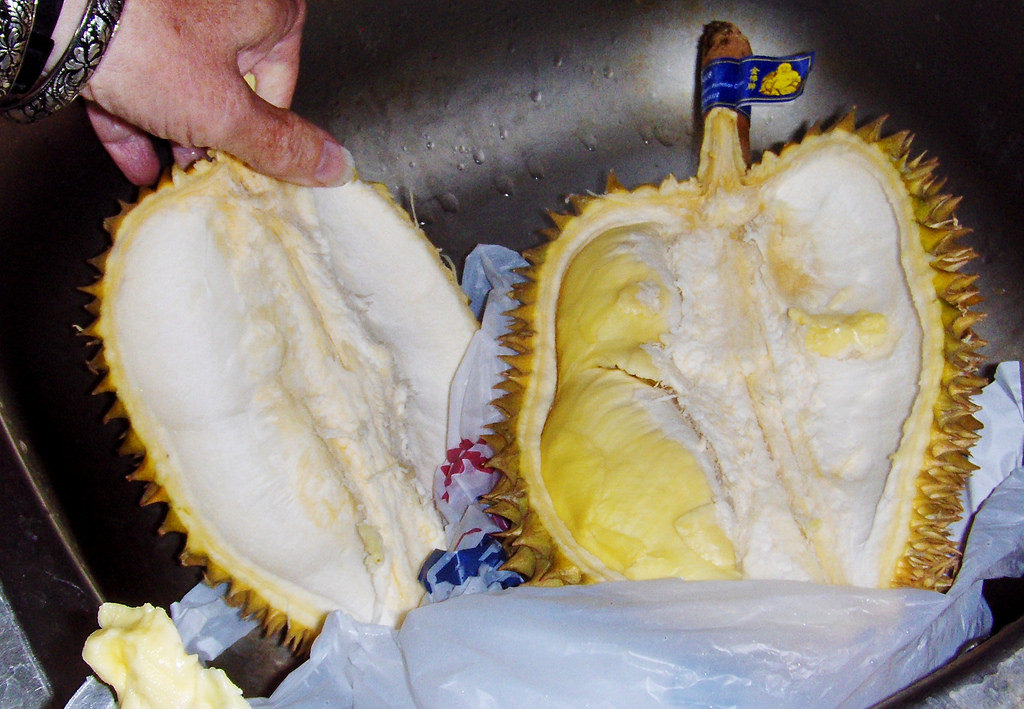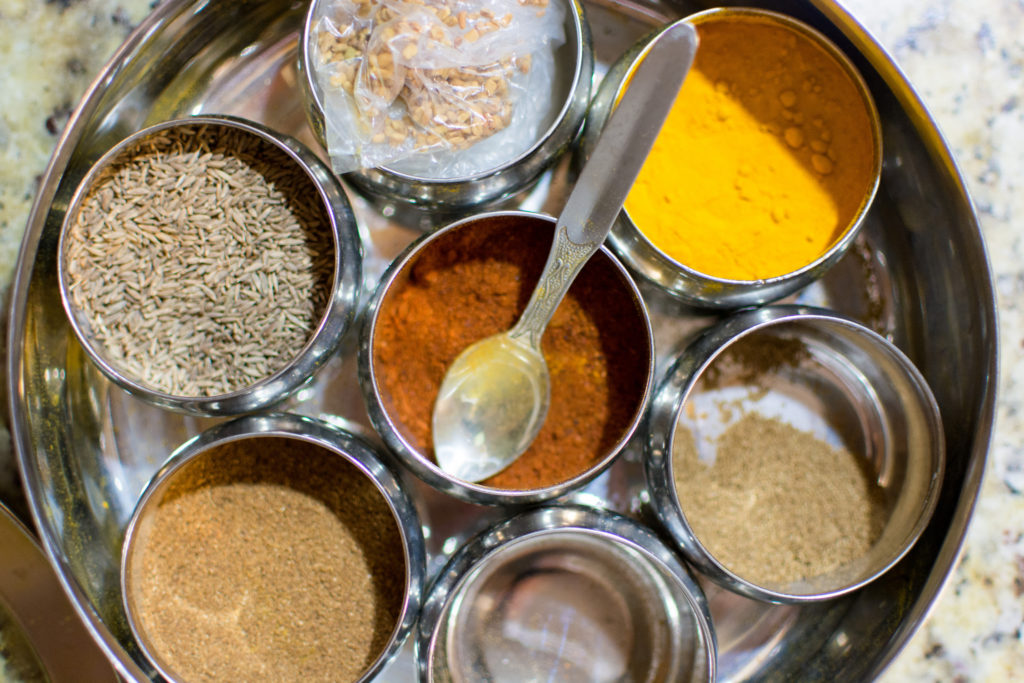When you get a little white box with a red drawing on it, you usually open it up to reveal some fried noodles or a steaming serving of white rice. A side of fried dumplings, maybe some moo shu pork and a couple fortune cookies fill the table. But that’s not all we eat. Asian food isn’t all rice and noodles, nor is it all stir-fried with soy sauce.
One year in Washington, D.C. as a freshman coming straight from an international school in Malaysia and a boarding school in Singapore has shown me way too many misunderstandings and stereotypes about Asian food that should be remedied. So here is a taste of what Asian food really is all about and a couple misconceptions about Asian food and how it can sometimes be misunderstood.
1. It’s not all soy sauce and stir-fry.

GIF courtesy of xjapankoreathailand.tumblr.com
Asian food is definitely one of the most diverse cuisines in the world with Japanese flavors, Korean techniques, Chinese dishes, Indonesian spices and everything else that you could imagine that would influence your meal and tantalize your palette. With a whole continent of ingredients and concepts to offer, Asian food isn’t just about soy sauce, stir-fry, or dim sum. We have steamed dishes, barbecue, noodle soups, sausages, and even steaks—just done our way.
Oh, and just because you marinated that slab of chicken in teriyaki sauce doesn’t mean it’s totally authentic and Asian.
2. Rice and noodles aren’t all we eat.

Photo by Amanda Fung
Yes, we eat lots of carbs (which probably explains why I can never lose weight when I’m back home), and rice and noodles make up a large portion of our extensive menu. However, that’s definitely not all that our dishes are made of.
Lots of our meals actually depend on a base of rice or noodles, but that’s just one component of the meal. Think of it as a huge pie where only one slice would be made of rice while the rest of the pie would include dishes such as barbecued pork, steamed egg, and a deep-fried fish with spices.
A lot of meals don’t even need any rice or noodles. Yes, eating an Asian dish without rice does feel empty sometimes, but I promise we are not 100% rice or noodles. Look at Malaysia’s satay, the Middle East’s kebabs, Japan’s sashimi, and South Korea’s pajeon or seafood pancake. No rice, no problem.
3. Durian isn’t disgusting.

Photo courtesy of @donutgirl on Flickr
I for one actually choose not to consume this fruit because of its pungent smell, but that doesn’t make it disgusting. Yes, the smell and appearance of the fruit aren’t what you would expect from a fruit, but there’s a reason why it’s king. To be completely honest, I’ve had my fair share of running away from the fruit when I see it (I’m not kidding) and not allowing it in my house. However, I don’t think the world’s perception of durian is as positive as it could be.
We have videos of people trying the fruit, but some would say they are totally demeaning the value and worth of the fruit itself, and I can’t say that I completely disagree. It’s fair to share your opinion, and in some cases, they even go viral. However, I don’t think that it’s fair that people decide to throw the piece of durian away after tasting it and calling it ‘disgusting.’
What you just threw away is a piece of someone’s culture, someone’s favorite fruit, and a national symbol for many—so please don’t disrespect that. What makes for great content isn’t always what makes for a great show of respect. Here’s a great Spoon article for you to read more about durians, the King of fruit.
4. Fortune cookies are not Asian, nor are they served in Asia.

GIF courtesy of smosh-fever.tumblr.com
Some of the east Asian restaurants and many Chinese restaurants serve fortune cookies after the meal is finished and include them in takeout bags or delivery bags as part of the meal. Yes, it is probably an Asian who put it in, and it has definitely become part of the Asian food industry in America. However, I think it is important to emphasize that fortune cookies weren’t made in Asia nor are they part of our authentic cuisine.
Growing up in Malaysia, I always saw my favorite movie stars crack open a fortune cookie after finishing their takeout meal but I never saw them being served in authentic Chinese restaurants here or even in China. Why? Because they’re not Asian. I’m not saying they’re terrible (I love them), but I think it’s seriously time to stop including them when describing an authentic Asian dining experience.
5. Not all Asians use chopsticks like a master.

GIF courtesy of i48.tinypic.com
This doesn’t really have anything to do with the food we eat, but it’s important to address that just because someone is Asian, it doesn’t mean that he or she is a master at using the chopsticks. This also means that we don’t catch flies with our chopsticks (well, most of us don’t).
There is a correct way to use chopsticks, and I am one Asian that doesn’t use this method, as I am constantly reminded by my grandfather (thanks, grandad). I’ve watched many Americans use chopsticks the correct way as I sit in the distance with my shameful crossed chopsticks further proving that not all Asians use chopsticks the right way.
6. Asian food is not just Chinese, Korean, and Japanese food.

Photo courtesy of @david_martin_foto on Flickr
Asia is a huge continent. While we do have countries such as India and regions such as the Middle East that are big enough to be considered subcontinents, they are still part of Asia and should not be disregarded.
I found myself scrolling through heaps of Chinese recipes, Japanese sushi rolls, and Korean barbecue sauce recipes when I searched ‘Asian food’ on Google. Where were the Indian recipes with their vibrantly colored curries? What about the Indonesian recipes for nasi goreng? This is just a little reminder that Asian cuisine encompasses more than just China, Korea, and Japan.


